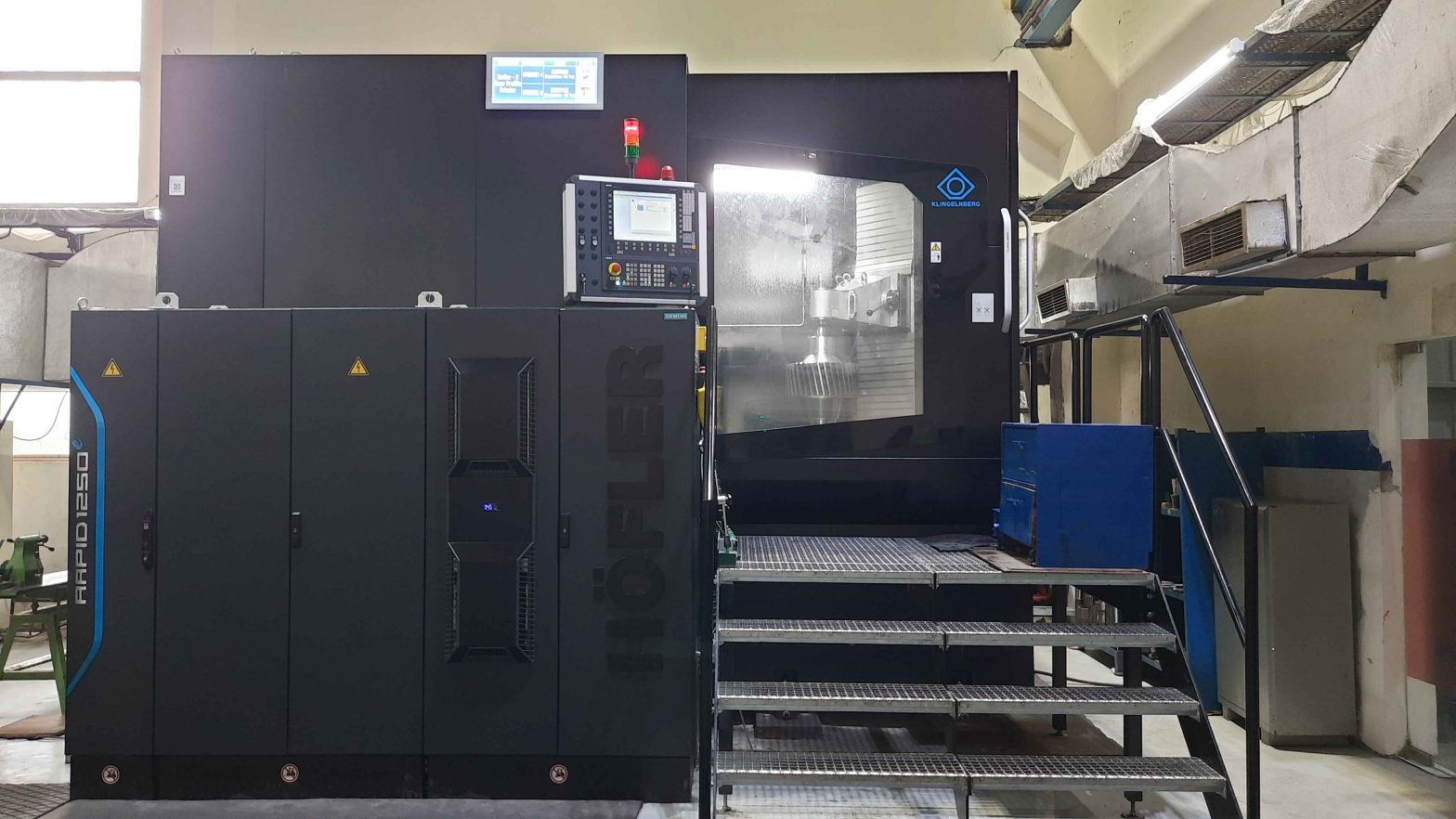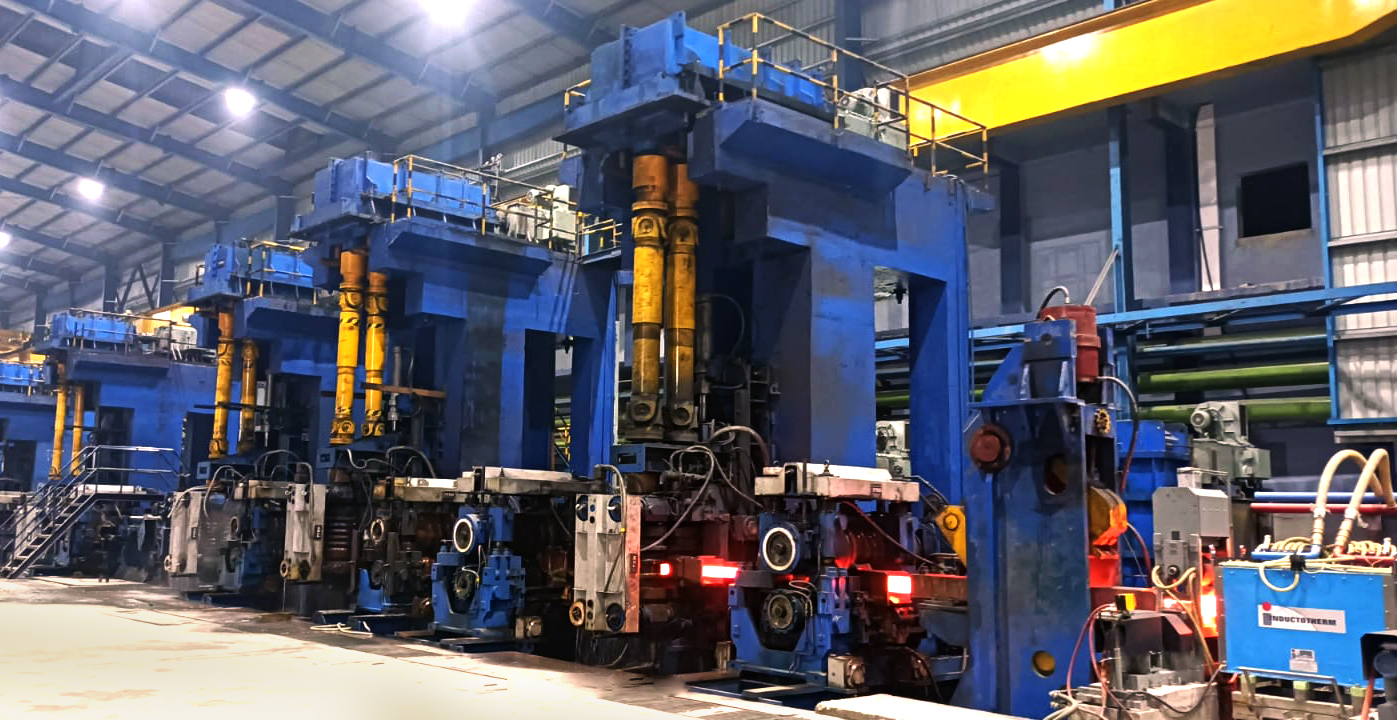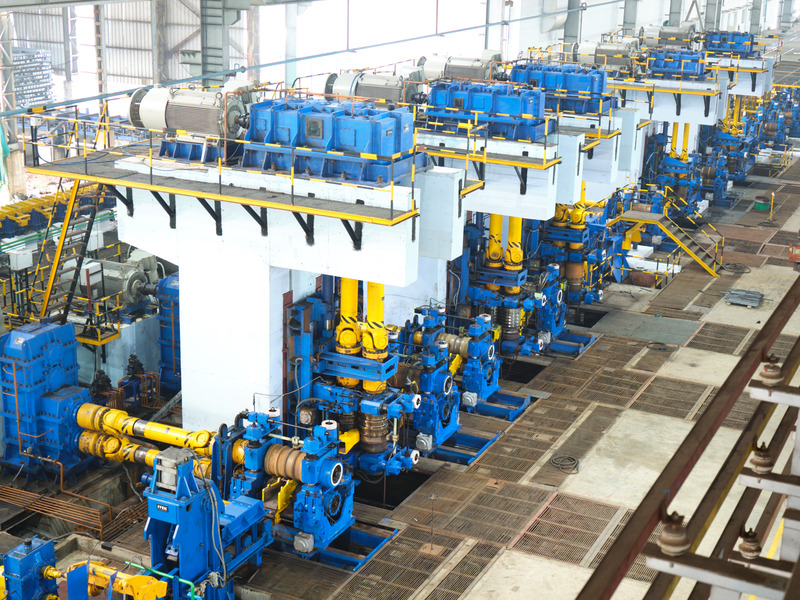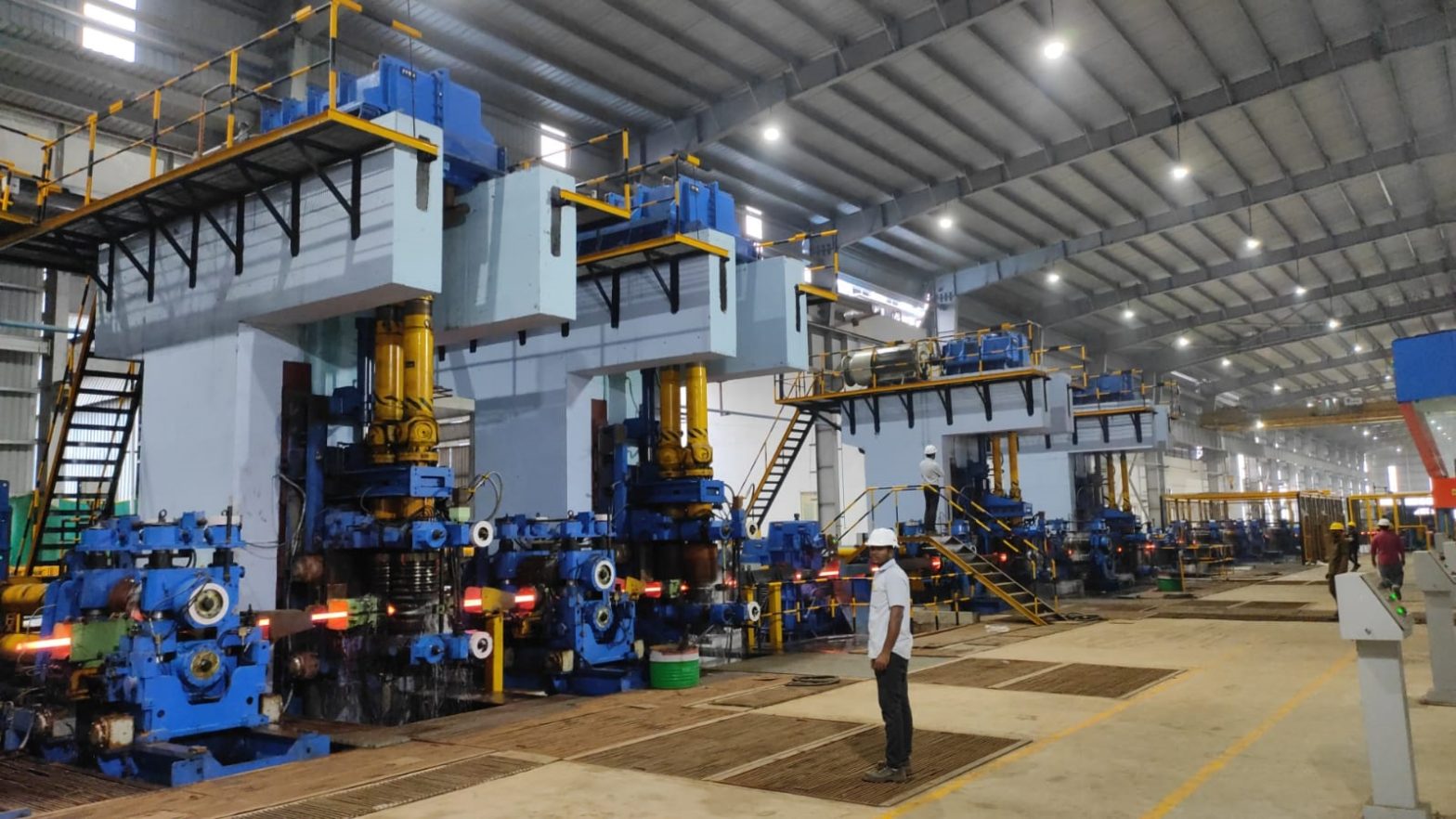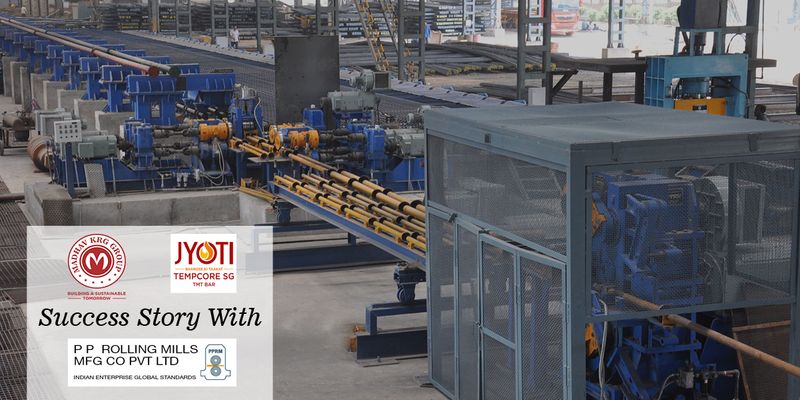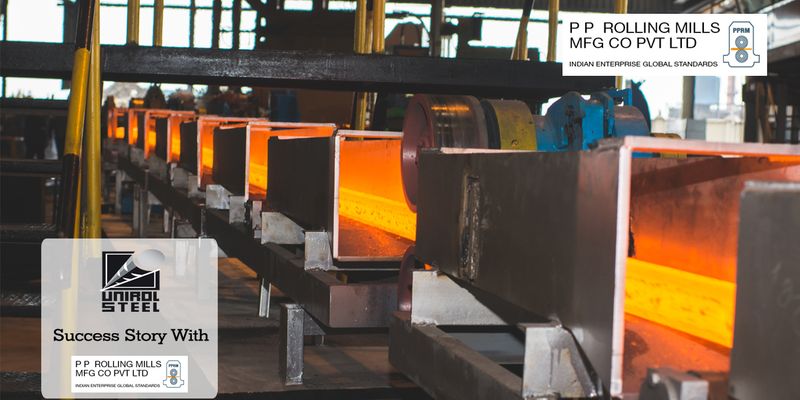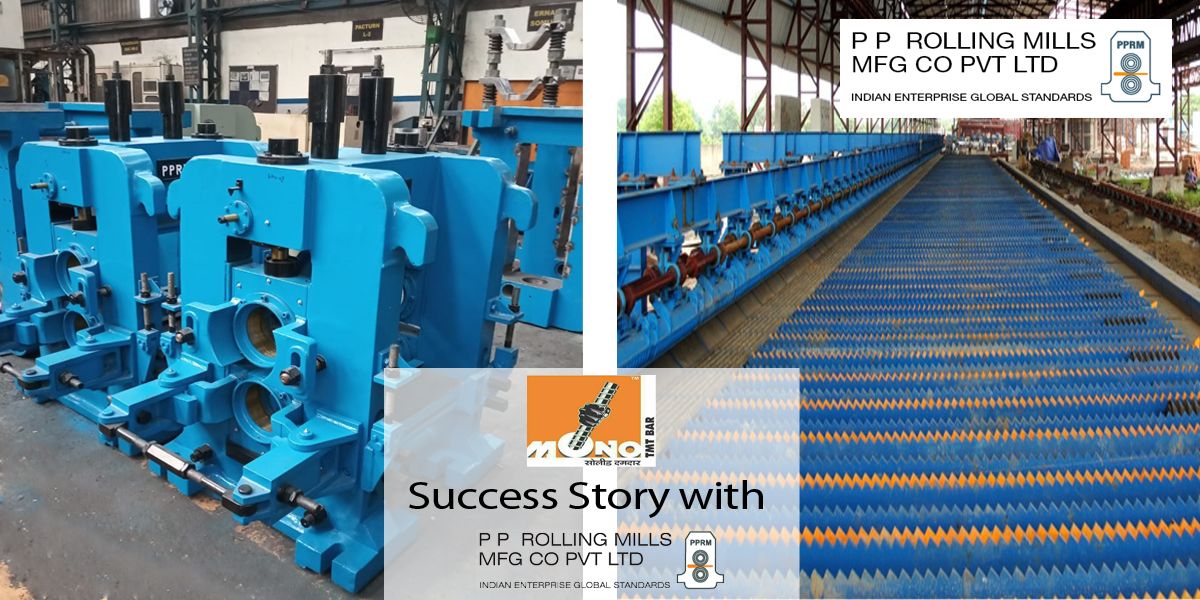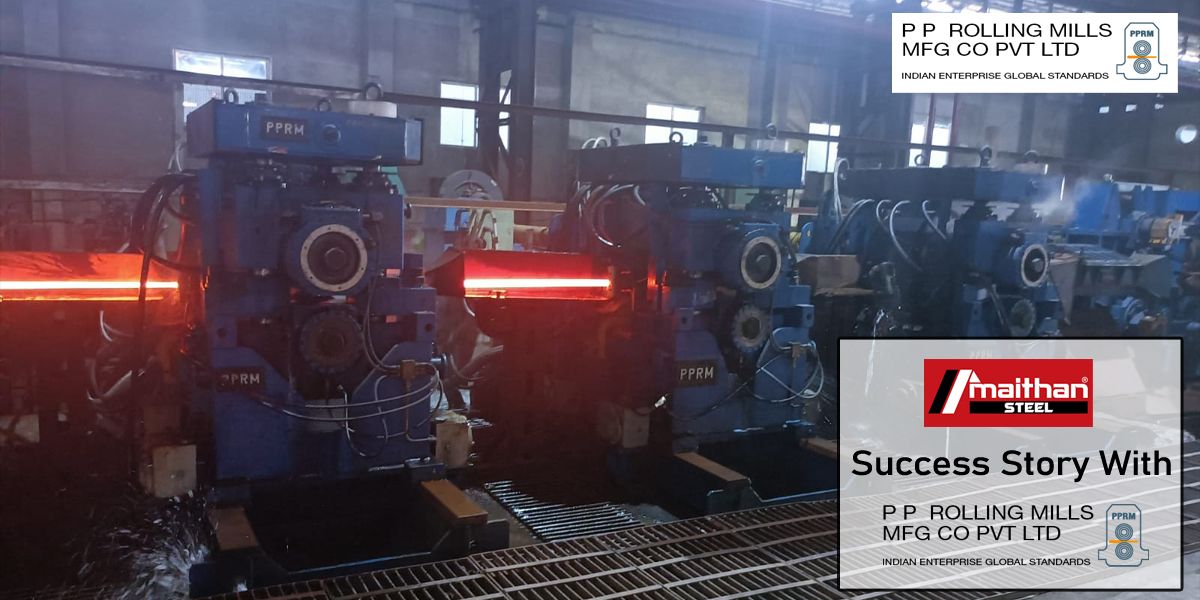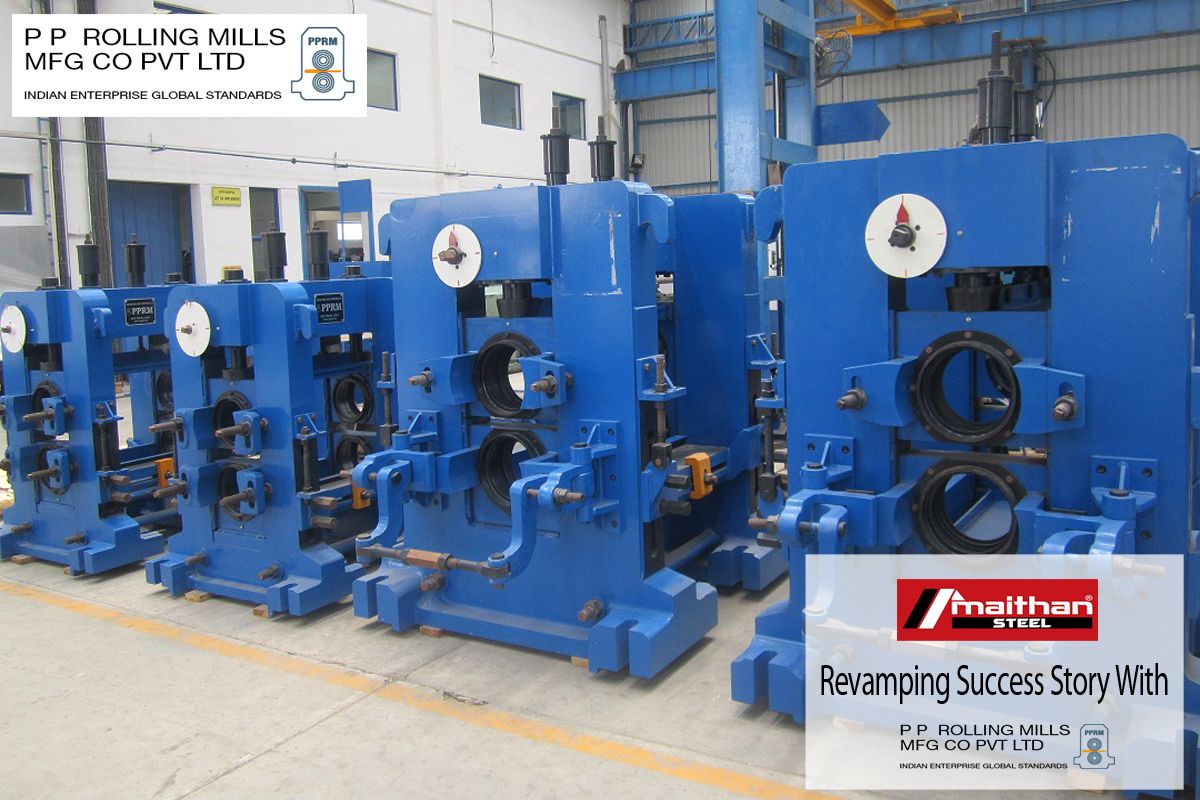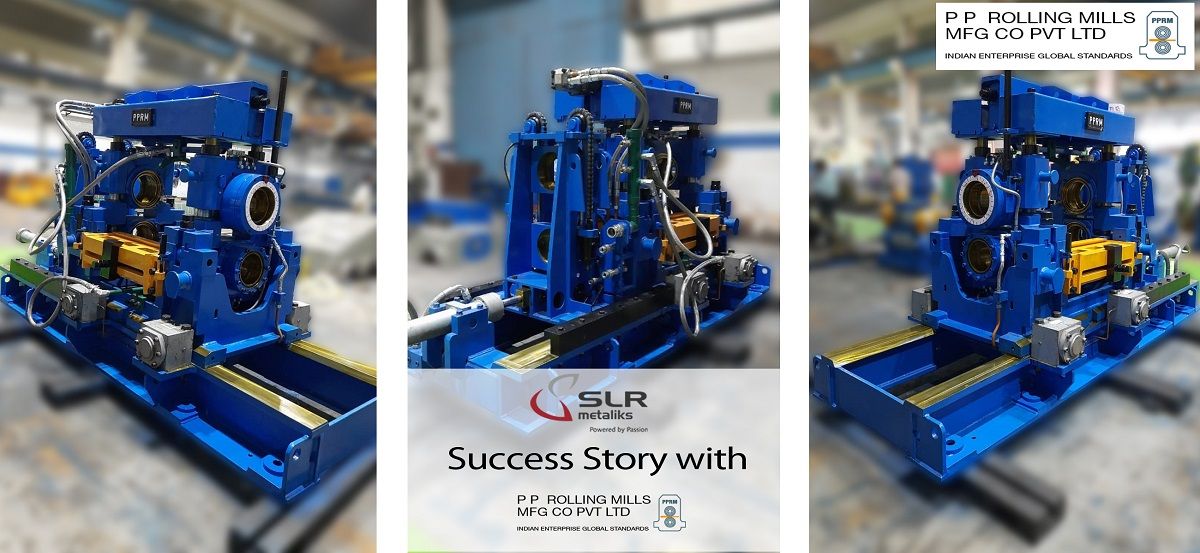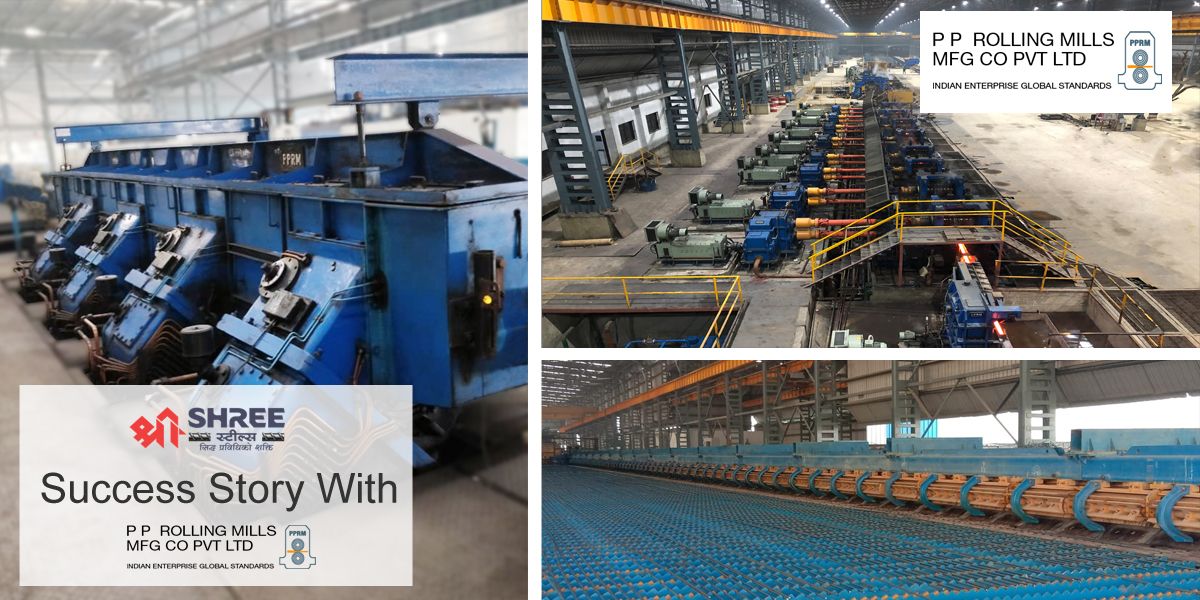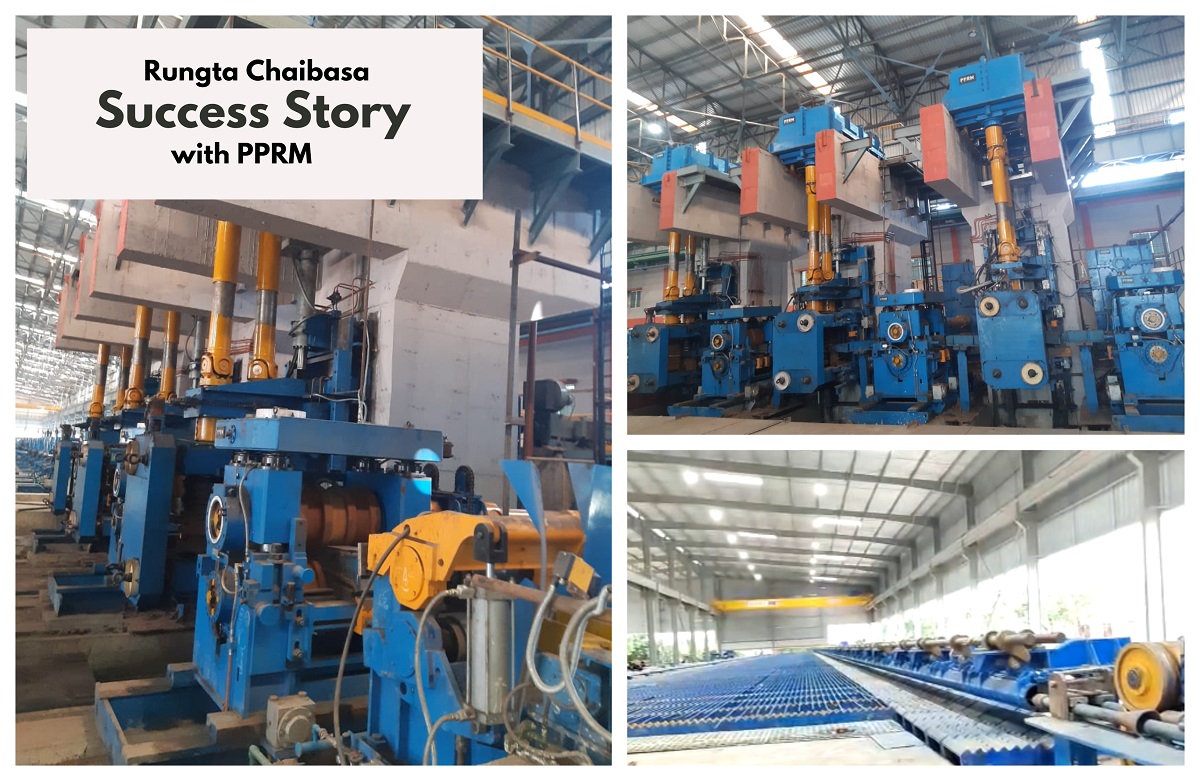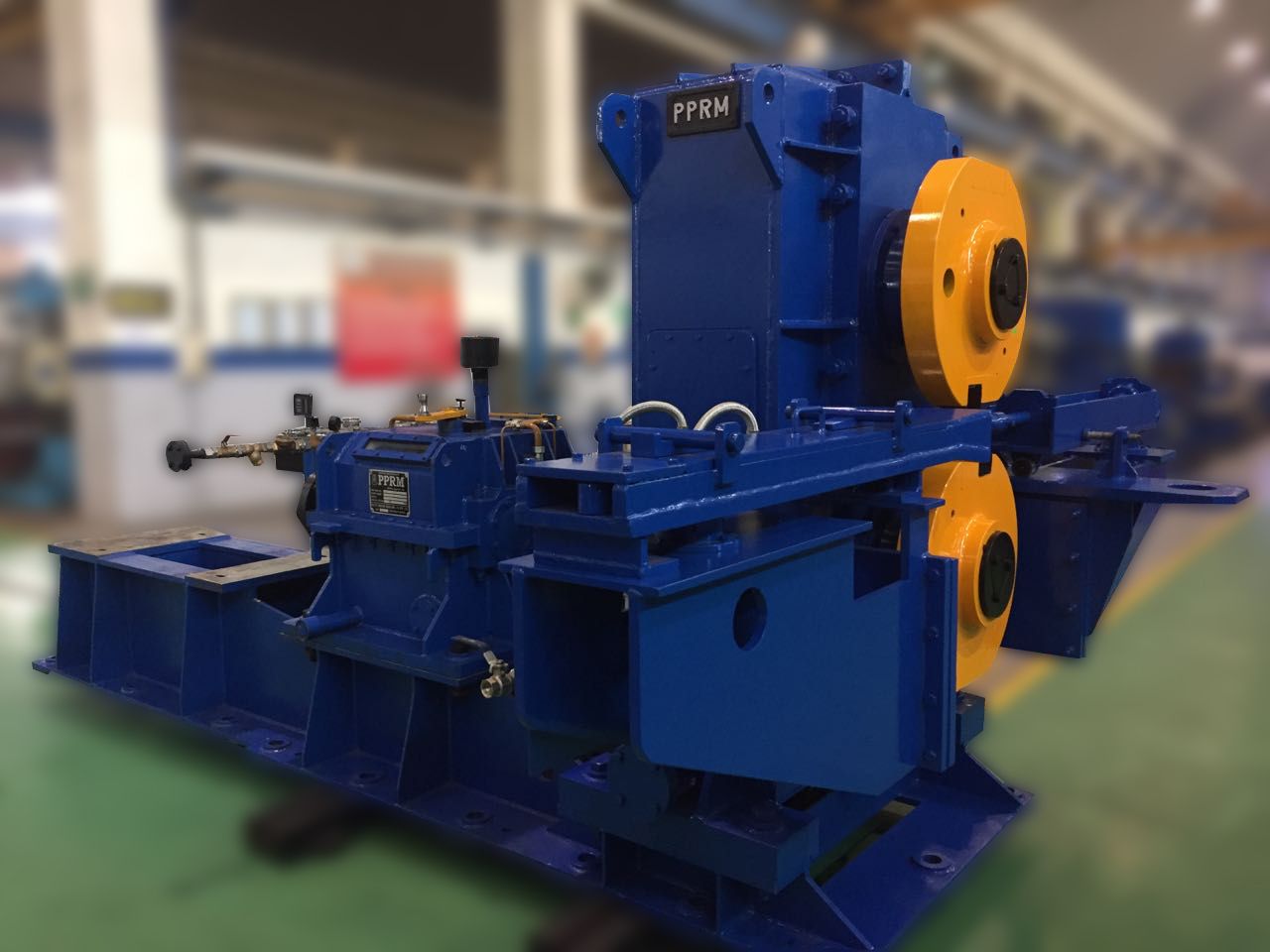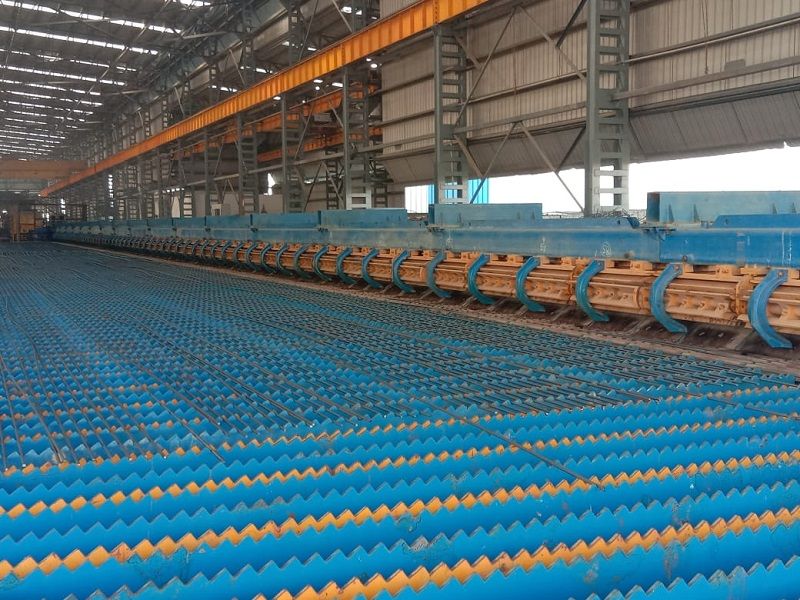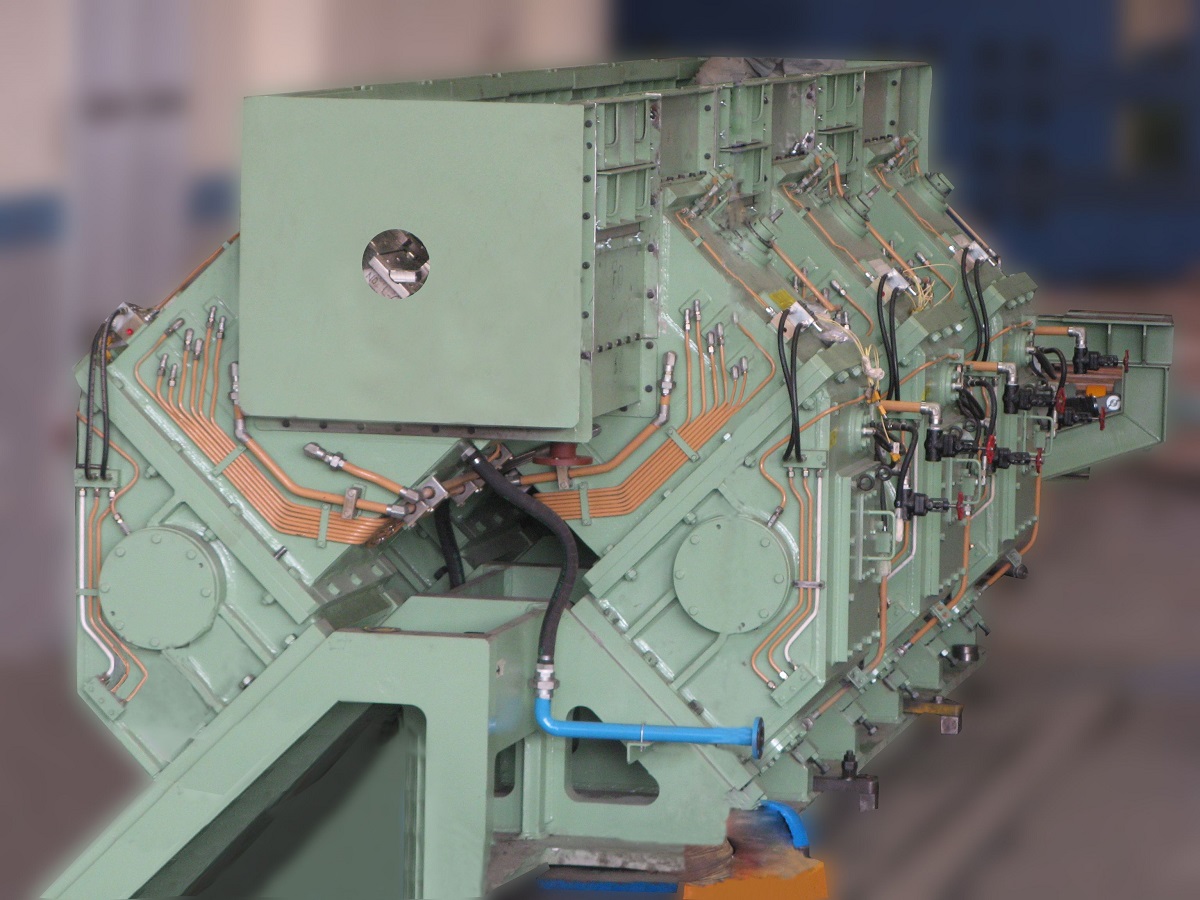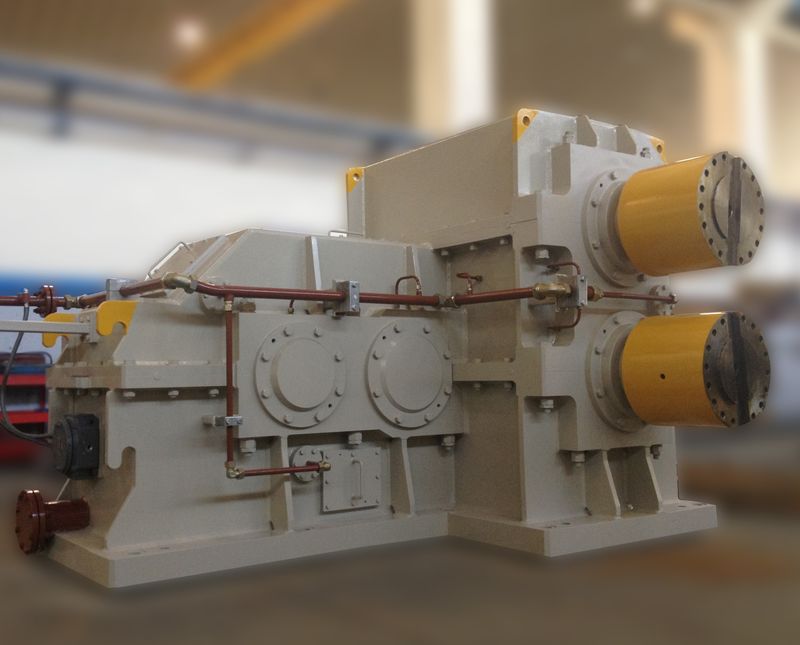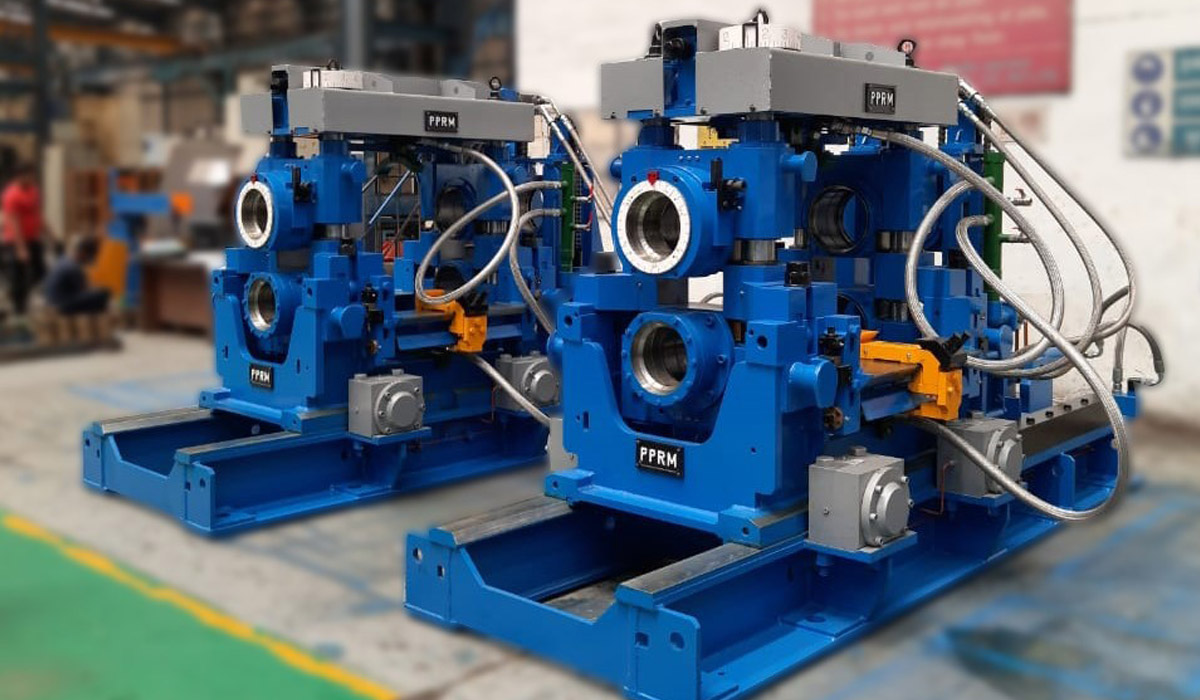
In the field of industrial machinery, rolling mills play a vital role in enhancing the production system. The crucial chain of operations is managed by an essential aspect: the Reduction Gear Box. Accepted universally as an important tool of transmission, a Reduction Gear Box incorporates various complicated parts, the functioning of which is highly essential for optimization and success rates across the board.
One of the primary responsibilities of the Reduction Gear Box is to control the speed and torque. This capability is critical since rolling entails the application of various speeds depending on factors such as the thickness and shape of materials. Regardless of whether it is the entry, middle, or exit rollers, each set requires precise speed control using the Reduction Gear Box. Additionally, the gearbox plays the role of applying an adequate torque to enshrine the most optimal level of plastic deformation while at the same time protecting the equipment from being compromised by the resistance offered by the material and its thickness.
Another important role of the Reduction Gear Box is to regulate the reduction ratio. While passing through the successive roller sets, the gearbox allows a gradual reduction in the thickness of the material and provides very accurate, consistent thickness. Also, crankshafts can turn rollers in the opposite direction whenever the need arises, like when encountering material imperfections or modifications to certain procedures. This means that it is necessary to have certain flexibility to provide smooth functioning and stability for products and services delivered to clients in dynamic industrial environments.
Besides smooth operation, the Reduction Gear Box also maintains the safety and reliability of rolling mills. They are deployed to ensure orderly operation during stops or halts and during mishaps, which help protect people and equipment from risks. Similarly, the gearbox’s role in supervising the lubrication systems ensures reliable service and durability for the rolling mill components. By monitoring lubrication and overall operational parameters, a Reduction Gear Box enhances the continuity of production processes.
A Reduction Gear Box plays a crucial role in industries such as steel, plastics, cement, and rubber. Such flexibility is exemplified by its operational necessity in extruders, crushers, coolers, and conveyors, which also facilitate controlled and efficient operation. Depending on the requirements that the operation may have, gearboxes are available in a vast configuration that will effectively serve the needs of the operation, thereby improving its efficiency and productivity.
Maximising Productivity with PPRM Solutions for Shyam Steel Group
A Reduction Gear Box is not simply “a part” but a critical driver of effectiveness, protection, and accuracy in rolling mills. It plays a critical role in controlling speed, torque, reduction ratio, and direction in rolling mills, ensuring efficient operation. This results in the production of high-quality, safe products that meet customer requirements while adhering to stringent safety standards. Thus, as the industry changes and progresses, so does the need for and importance of a Reduction Gear Box as a fundamental resource.
